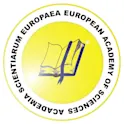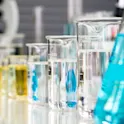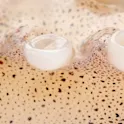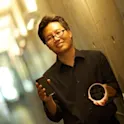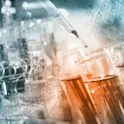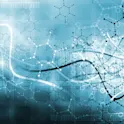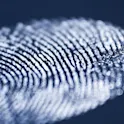
Featured news
31 Aug 2023
Scientists develop finger sweat test to detect antipsychotic drugs in patients
by Angharad Brewer Gillham, Frontiers science writer Image/Shutterstock.com Maintaining a regimen of antipsychotic drugs can be difficult, but going off them unexpectedly can have disastrous health consequences for patients. Traditionally, monitoring patients on these drugs involves blood tests, which can be painful and time-consuming. A quick, non-invasive finger sweat test newly developed by scientists could replace these blood tests and make patients’ lives easier. Antipsychotic drugs treat incredibly vulnerable patients. Maintaining a treatment regimen is difficult for many patients, but not taking the medication is associated with a higher risk of poor health outcomes. These drugs are also very powerful with strong side-effects, and blood tests are often used to calibrate a patient’s dosage and confirm that they are taking the recommended dose. However, blood tests are invasive and potentially uncomfortable. Scientists have now discovered a way to test the levels of common antipsychotic drugs in the sweat from patients’ fingerprints, offering a quicker, more comfortable, and more convenient alternative to blood draws for patient monitoring. “Our test offers patients a quick and dignified way of showing commitment to antipsychotic treatment,” said Katherine Longman of the University of Surrey, first author of the study in Frontiers in Chemistry. “This non-invasive […]



